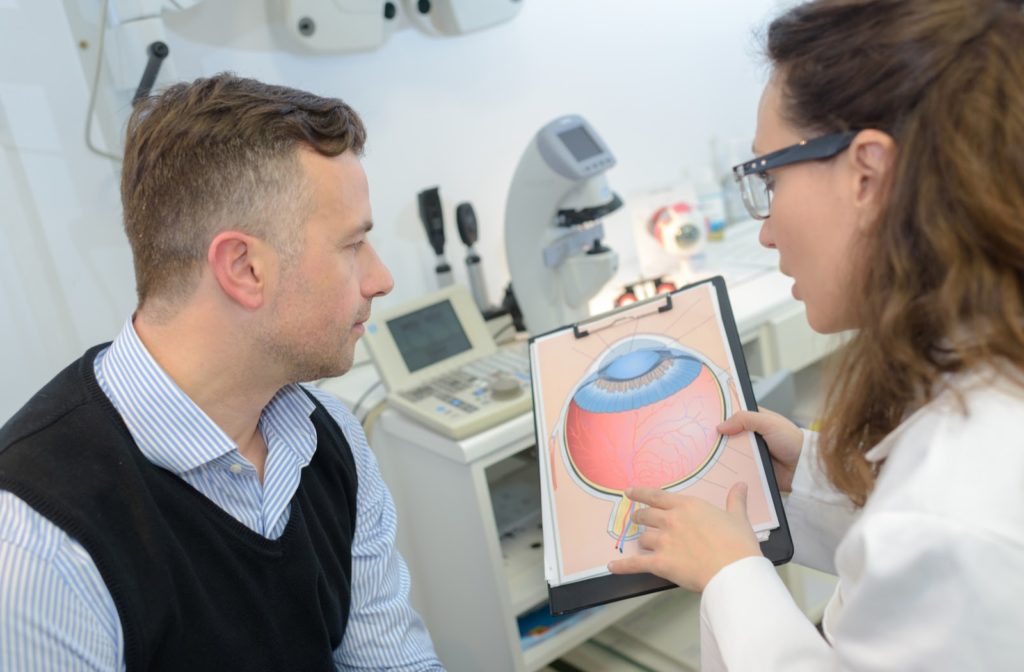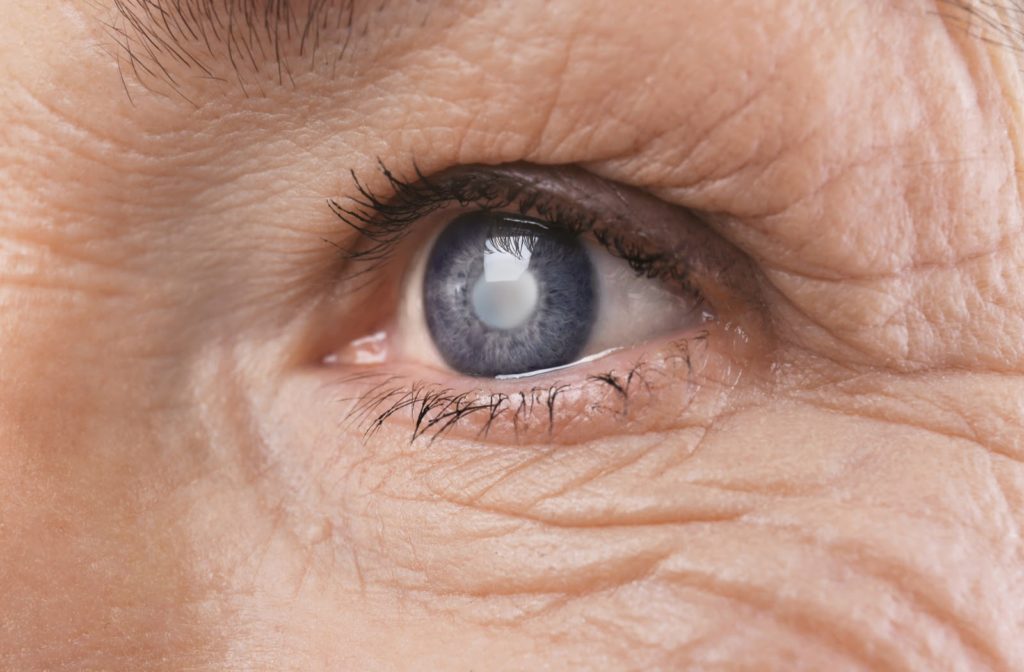You may have heard of glaucoma before. You’ve probably heard that this eye disease affects older people or people who suffer from other vision issues. So, if you have good vision, why worry about it now?
Well, for starters, anyone can get glaucoma. In fact, about 50 percent of people who have glaucoma don’t even know that they have it. On top of this, it is the second leading cause of blindness worldwide. Glaucoma testing and prevention should be taken seriously.
The good news is, glaucoma can be prevented, tested, and treated. To keep your eyes healthy, strong, and free of eye diseases, make sure you get regular eye examinations!
What is Glaucoma?
Glaucoma is a group of eye diseases that damage the eye’s optic nerve and gets worse over time. This optic nerve damage is usually caused by high pressure in your eye and often results in vision loss and even blindness.
Types of Glaucoma
There are many different types of glaucoma that are separated into 2 categories: Primary glaucoma and secondary glaucoma.
Primary glaucoma is categorized as such because they aren’t caused by anything specific. Types of primary glaucoma include:
- Open-angle glaucoma
- Normal-tension glaucoma
- Angle-closure glaucoma
- Congenital glaucoma
When glaucoma is caused by another medical condition they are classified as secondary glaucoma. These include:
- Neovascular glaucoma
- Pigmentary glaucoma
- Exfoliation glaucoma
- Uveitic glaucoma
Risk Factors
Anyone can get glaucoma, but you may be at an increased risk of developing glaucoma if you:
- Are over the age of 60
- Have a family history of glaucoma
- Have high internal eye pressure (intraocular pressure)
- Are Black, Asian or Hispanic
- Suffer from certain medical conditions, such as diabetes, heart disease, or high blood pressure
- Are extremely nearsighted or farsighted, or experience other vision issues
- Have suffered from an eye injury, eye trauma, or if you have undergone an eye surgery
- Have used corticosteroid medications for a prolonged period
Common Symptoms
Although the signs and symptoms of glaucoma may vary depending on the type and severity of your condition, there are common symptoms you can look out for. These symptoms include:
- Severe headaches or eye pain
- Nausea and vomiting
- Blurred or restricted vision, including blind spots or tunnel vision
- Halos around lights
- Eye redness
When to See a Doctor
Glaucoma can be dangerous and lead to blindness if ignored or left untreated. Even with treatment, within 20 years approximately 20 percent of people who suffer from glaucoma experience partial or complete blindness.
If you are experiencing any of the above symptoms, it is best to discuss your concerns with your eye doctor and get your eyes examined, which ensures that you receive the proper glaucoma testing and treatment.
If any of your symptoms are severe or last for a prolonged period, seek immediate medical attention or call 911.

How is Glaucoma Diagnosed?
Glaucoma testing and exams are painless, quick, and already part of your regular eye examination. During this examination your eye doctor will:
- Test your overall vision
- Dilate (or widen) your pupils and examine your eyes
- Take photographs of your eyes so they can identify changes in your eye health over time
- Complete specific glaucoma tests
How does Glaucoma Testing Work?
There are 5 main types of glaucoma tests. All 5 of the following tests should be completed before a diagnosis is made:
- Tonometry- This test measures the pressure of the eye by applying pressure or a warm puff of air to the eye
- Ophthalmoscopy- This procedure is done after the pupils are dilated. Your eye doctor can then check your optic nerve for glaucoma damage
- Perimetry- This visual field test lets your doctor examine your complete scope of vision. This can help your doctor determine whether your vision has been affected by glaucoma
- Gonioscopy- This exam uses a mirrored contact lens to allow your doctor to evaluate the angle of where the iris meets the cornea, which can point to either primary or secondary glaucoma
- Pachymetry- This test measures the thickness of your cornea using a small probe. Although this test doesn’t diagnose glaucoma itself, cornea thickness may affect pressure readings determined in other glaucoma tests
Glaucoma Treatment
The goal of glaucoma treatment is to lower pressure in the eye. This can be done in several ways, depending on the type and stage of glaucoma you are suffering from. Your doctor may prescribe any of the following glaucoma treatments based on your needs:
- Eye drops
- Oral Medication
- Laser Surgery
- Microsurgery
Preventing Glaucoma
Although Glaucoma can’t be completely prevented, there are steps you can take to slow its progression and lower your risk of severe eye damage :
- Get regular glaucoma eye examinations
- Know your family’s eye health history
- Follow your doctors’ instructions
- Exercise regularly
- Wear eye protection



